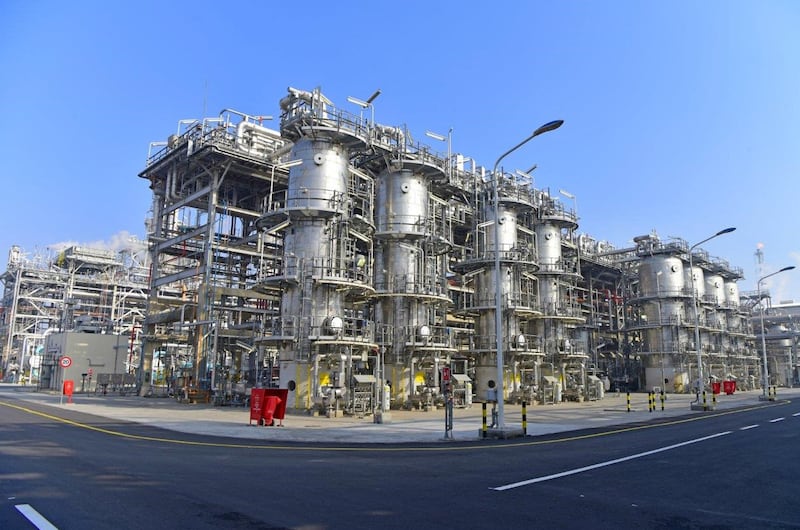Kuwait is planning to boost its natural gas production to cater to growing domestic demand and can also increase oil output if required in the market, according to senior executives.
State-owned Kuwait Oil Company, a subsidiary of Kuwait Petroleum Corporation, is seeking to ramp up natural gas production, Reuters quoted KOC's acting chief executive Khaled Al Otaibi as saying at an event on Sunday.
“With the world recovering from the disruptions caused by the Covid-19 pandemic, demand for oil and gas returned to its pre-pandemic levels in 2019,” he said.
“In this high prices environment, the company is determined to increase its natural gas production in line with Kuwait Petroleum Corporation's strategy to meet the domestic demand for energy.”
The Gulf state, which currently produces 650 million cubic feet of gas per day, plans to increase it to one billion, Reuters cited the corporation's chief executive Sheikh Nawaf Saud Al Sabah as saying on Sunday. No timeframe was specified.
He also said that Kuwait, Opec's fourth-largest member, can raise crude production if the market needs it.
The Gulf state confirmed last month that it had increased its production to meet its Opec commitment of 2.81 million barrels per day.
“The increased production is consistent with announcements made by the Kuwait Petroleum Corporation that it is bringing on line investments that ensure international oil markets are adequately supplied and can meet the expected future demand,” Deputy prime minister and Minister of Oil Mohammad Al Faris said at the time.

However, the state-owned entity's customers are continuing to demand the same volumes at present, Mr Al Sabah said.
“Ambiguity exists in all markets, whether gas or oil … there are questions about the world economic future, especially with the interest rate hikes and the expected recession in global economies and the extent of their impact on oil demand,” he said.
Oil prices have remained extremely volatile in recent weeks. They posted a third consecutive weekly loss last week on a strong US dollar and as markets await an interest-rate increase from the US Federal Reserve after the latest data showed inflation exceeded expectations.
Brent, the benchmark for two thirds of the world’s oil, settled 0.56 per cent higher at $91.35 a barrel at the end of trading on Friday, while West Texas Intermediate, the gauge that tracks US crude, closed up 0.01 per cent at $85.11 a barrel.
The Opec group earlier this month agreed to cut its October output by 100,000 bpd to mitigate downwards price pressure in the face of a slowing global economy, potential demand headwinds and the possible revival of the Iran nuclear deal, which could bring more crude to the market.
It is scheduled to hold its next meeting on October 5, but indicated that it was ready to meet earlier if required to address market developments.







